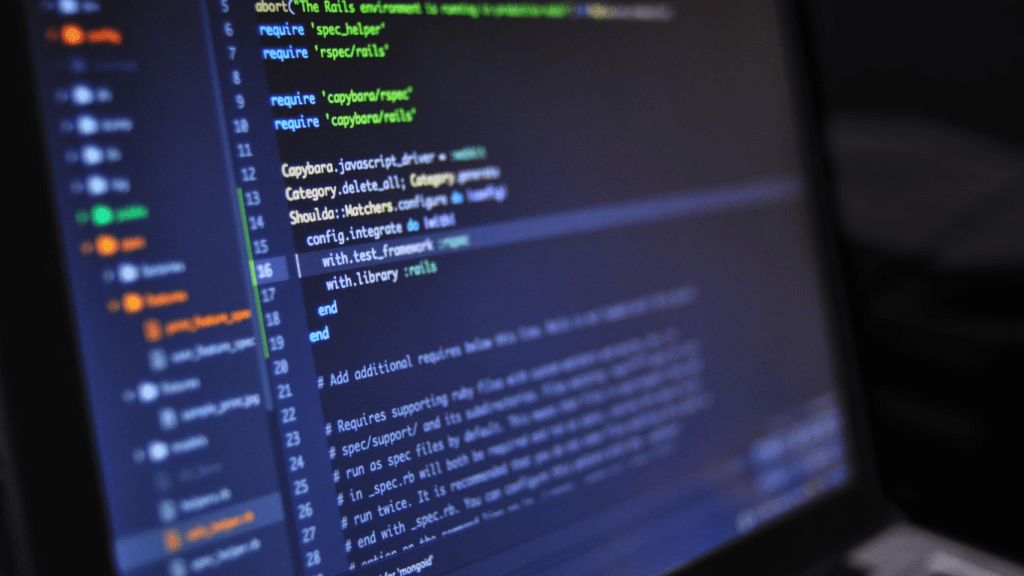Understanding Game Mechanics
Defining Game Mechanics
Game mechanics form the foundational rules that govern a game’s operation and player interaction.
These mechanics include specific actions players can take, such as:
- jumping
- shooting
- crafting
For instance, in platformer games like “Super Mario,” jumping is a primary mechanic.
Mechanics also cover the system of rewards, penalties, and progression.
In “RPGs” like “Final Fantasy,” leveling up characters as they gain experience points demonstrates progression mechanics.
Importance of Balance in Games
Balance is crucial in game design to ensure fairness and fun. Unbalanced mechanics can lead to frustration or boredom.
For example, consider fighting games like “Street Fighter.”
If one character is significantly stronger than others, matches become predictable. Balancing involves fine-tuning aspects like character abilities, resource distribution, and difficulty levels.
Fairly distributed resources in strategy games, such as “Civilization,” keep all players competitive.
Proper balance maintains player engagement, ensuring that no single element dominates the gameplay experience.
Strategies for Balancing Game Mechanics
Using Player Feedback Effectively
Gathering player feedback aids in refining game mechanics. I analyze both qualitative and quantitative data from diverse player groups to identify inconsistencies and pain points.
Surveys, forums, and in-game analytics provide insights into how players interact with game elements, revealing necessary adjustments for balance.
Engaging with beta testers often uncovers unforeseen imbalances in gameplay, ensuring a broader perspective before final release.
When addressing feedback, prioritizing common complaints and noticeable trends helps focus on the most impactful changes.
Implementing Iterative Design
Iterative design involves repeatedly refining game mechanics.
I start with a prototype to test basic concepts, then progressively add and tweak features based on testing results. Each iteration provides an opportunity to evaluate how changes affect overall balance.
Playtesting new builds is crucial, and I often use A/B testing to compare different versions of mechanics.
Documenting every stage of iteration helps track what modifications worked and why, facilitating a more efficient balancing process going forward.
Integrating iterative design ensures that the game evolves naturally towards a balanced state, maintaining fairness and fun.
Challenges in Game Development
Ensuring Fairness Among Players
Creating a fair gaming environment requires meticulous planning and continuous tweaking.
Imbalances, whether in character abilities or game mechanics, can lead to player frustration.
To avoid this, I collect extensive player feedback. Identifying and rectifying issues early enables developers to maintain a level playing field.
For example, overpowered characters can dominate the game, making it less enjoyable for others.
By consistently analyzing in-game performance data and conducting playtests, fairness can be fine-tuned.
Maintaining Fun and Engagement
Balancing fun and engagement involves knowing player preferences and expectations.
Fun shouldn’t compromise fairness. I achieve this balance by offering diverse challenges that cater to various skill levels.
Dynamic difficulty adjustments, based on player performance, ensure that the game remains engaging without being overly difficult or too easy.
For instance, introducing randomized elements or bonus levels keeps players intrigued. Regular updates and new content also help sustain player interest and excitement.
Examples of Well-Balanced Games

Analysis of Popular Game Balancing
Several renowned games have exemplified balanced game mechanics, ensuring fairness and fun.
- One notable example is “Overwatch.”
This team-based shooter from Blizzard Entertainment offers a diverse group of heroes, each with unique abilities.
Developers balance these heroes through regular patches, ensuring none become overpowering. Player feedback drives these changes, highlighting the importance of community input.
- Another example is “League of Legends.” Riot Games meticulously manages character updates and patch notes. Characters, or champions, undergo regular adjustments based on gameplay data and player experiences. “
This commitment to balance keeps the game competitive and engaging across various skill levels.
- “Nintendo’s Super Smash Bros Ultimate” stands out for its balance among a vast roster of characters. Adjustments come through regular updates, often influenced by tournament results and player feedback.
This approach ensures characters remain viable without dominating the meta.


 Charlie Bracegirdle seamlessly combines his passion for gaming with his role at Infinity Game Saga, where he is both a dedicated gamer and a prominent content creator. As an integral member of the team, Charlie brings a wealth of experience and a deep understanding of the gaming industry to his work. His articles and content cover a broad spectrum of gaming topics, from detailed reviews and insightful industry analyses to the latest trends and upcoming releases.
Charlie’s unique perspective, shaped by his own extensive gaming experiences, allows him to engage with readers in a meaningful way. His writing not only informs but also entertains, providing a blend of professional insight and personal enthusiasm. Whether he's exploring new game mechanics, dissecting game strategies, or sharing his thoughts on the future of gaming, Charlie's contributions make a significant impact on the Infinity Game Saga community. Through his work, he bridges the gap between gamers and the evolving landscape of the gaming world, enhancing the experience for all who follow his updates and analyses.
Charlie Bracegirdle seamlessly combines his passion for gaming with his role at Infinity Game Saga, where he is both a dedicated gamer and a prominent content creator. As an integral member of the team, Charlie brings a wealth of experience and a deep understanding of the gaming industry to his work. His articles and content cover a broad spectrum of gaming topics, from detailed reviews and insightful industry analyses to the latest trends and upcoming releases.
Charlie’s unique perspective, shaped by his own extensive gaming experiences, allows him to engage with readers in a meaningful way. His writing not only informs but also entertains, providing a blend of professional insight and personal enthusiasm. Whether he's exploring new game mechanics, dissecting game strategies, or sharing his thoughts on the future of gaming, Charlie's contributions make a significant impact on the Infinity Game Saga community. Through his work, he bridges the gap between gamers and the evolving landscape of the gaming world, enhancing the experience for all who follow his updates and analyses.
